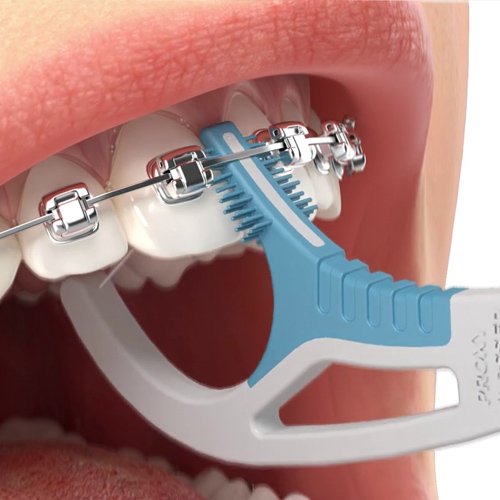Virginia Commonwealth University
University Partner
For over a decade, VCU’s Innovation Gateway has been opening doors for inventors and creators whose ideas need getting off the ground.
At SPARK Product Development we share that core value of boosting our community by offering opportunity and support. We regularly partner with VCU students, faculty, and researchers to make design and engineering magic happen—where it otherwise wouldn’t.
Below are some of the exciting ideas we’ve helped bring to life through VCU’s tech transfer program.
"Our mission at VCU Innovation Gateway is to bring ideas to life. But to take a concept from the research lab into the real world takes engineers, designers, and creative minds. The team at SPARK guides us to understand the design and manufacturing requirements of our ideas, and with great collaboration and communication, helps us achieve our mission and build products that enrich lives and address societal grand challenges.”
— Ivelina Metcheva, Ph.D., MBA, CLP
Assistant Vice President for Innovation, VCU
Tech Transfer
When they come up with the next brilliant idea, innovators and researchers at VCU can submit an innovation disclosure to VCU’s Innovation Gateway. Twice each year the program’s Commercialization Fund gives out $150,000 between several recipients with ideas they deem viable.
But it’s not a grant—in exchange, the University holds the license for whatever is created. Which means it will eventually be on them to facilitate (and negotiate) licensing deals with manufacturers and startups, so the royalties can flow. It’s a win-win setup where everybody thrives.
Once Innovation Gateway negotiates their shares with the inventor or team, they put them in touch with people who can help with the next step, whether prototyping, solving technical problems, or designing for manufacturability.
And that’s where SPARK enters the chat…
““Teaming up with SPARK has been really fun and I learned so much through the process. I felt like they were as excited about the project as I was… enthusiastic and always timely. Everything was very thorough and well thought-out, and I felt truly cared for as a client. My flosser wouldn’t be where it is today without them.””
Project Gallery
Christina Gordon was an adolescent with braces when she invented the Proxy Flosser using popsicle sticks, flosser heads, and little brushes. Many years later, as a dental student at VCU, she revisited the idea—this time with the school’s Innovation Gateway at her back.
They provided funding and put her in contact with SPARK to design a floss pick which would alleviate the difficulties of feeding floss under braces wires while also integrating a built-in brush to simultaneously clean the space between brackets while you floss.
We worked with her to come up with a manufacturable solution that is both stylish and functional. Starting from Christina’s crude prototypes, SPARK pushed development to a near tool-ready 3D model and she was able to file for her patent in November 2021. See the Proxy Flosser in action in this demo animation.
Next step: VCU is currently in the process of seeking a licensing deal to bring Christina’s simple but brilliant idea to market.
VCU biomedical engineering student McKenzie Piper had an idea for a self-cleaning Covid mask that uses heat to kill any viral activity—just like your immune system during a fever.
She teamed with VCU engineering professor Erdem Topsakal to draw up specs for the heating element and mask design. Their team then approached SPARK to design a powerpack and circuit board that would operate their mask and also charge other devices while fitting in the end-user’s pocket.
SPARK arranged and supported electrical engineering and software development for the primary printed circuit board (PCB) through one of our partner engineers and designed a slim, aesthetic enclosure to securely capture the necessary batteries and electronics. After constructing several rough functional prototypes to test the electronic design, we produced multiple fully functional cast-urethane prototypes that look and feel like the real thing for pitching the device to investors.







